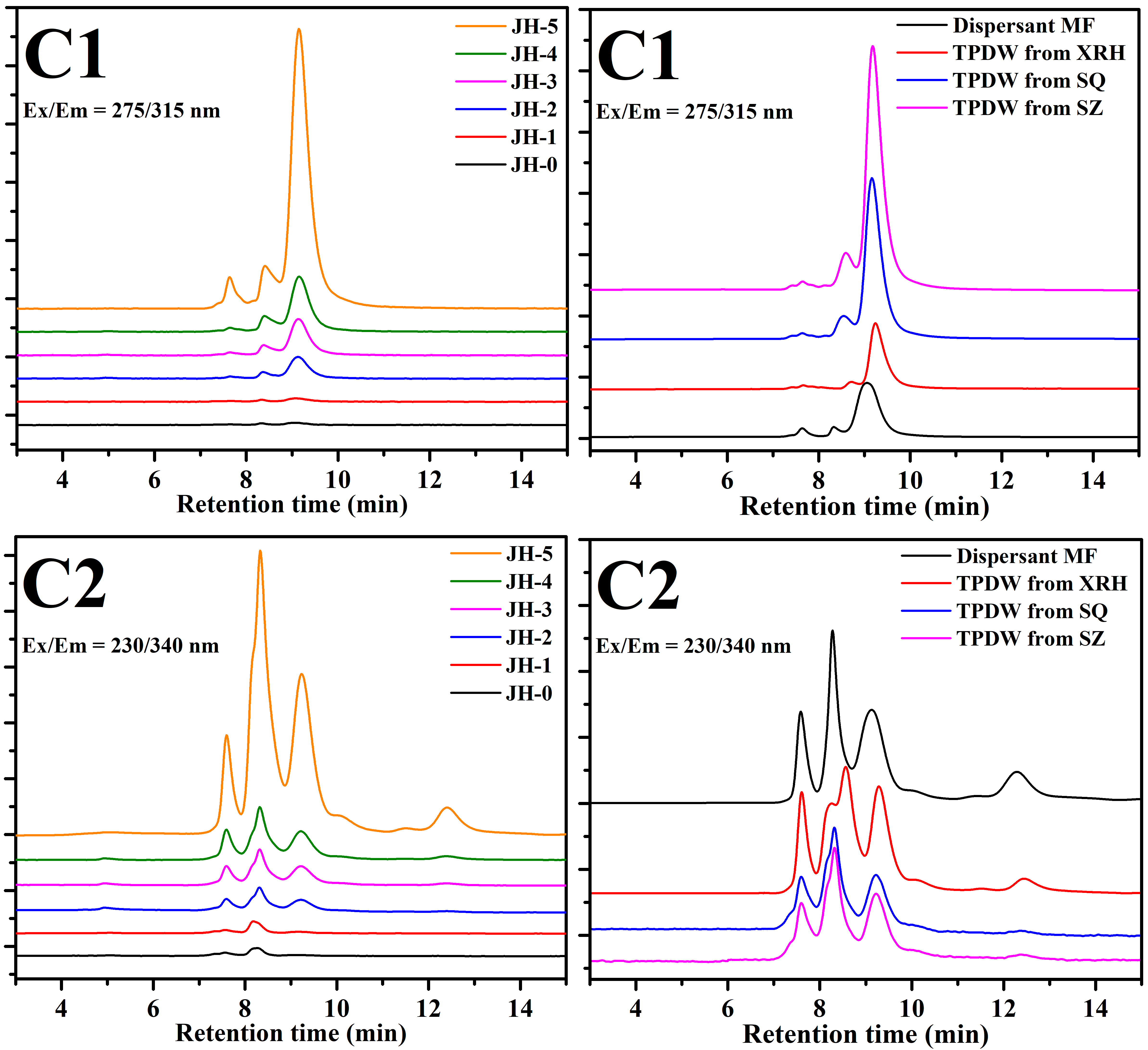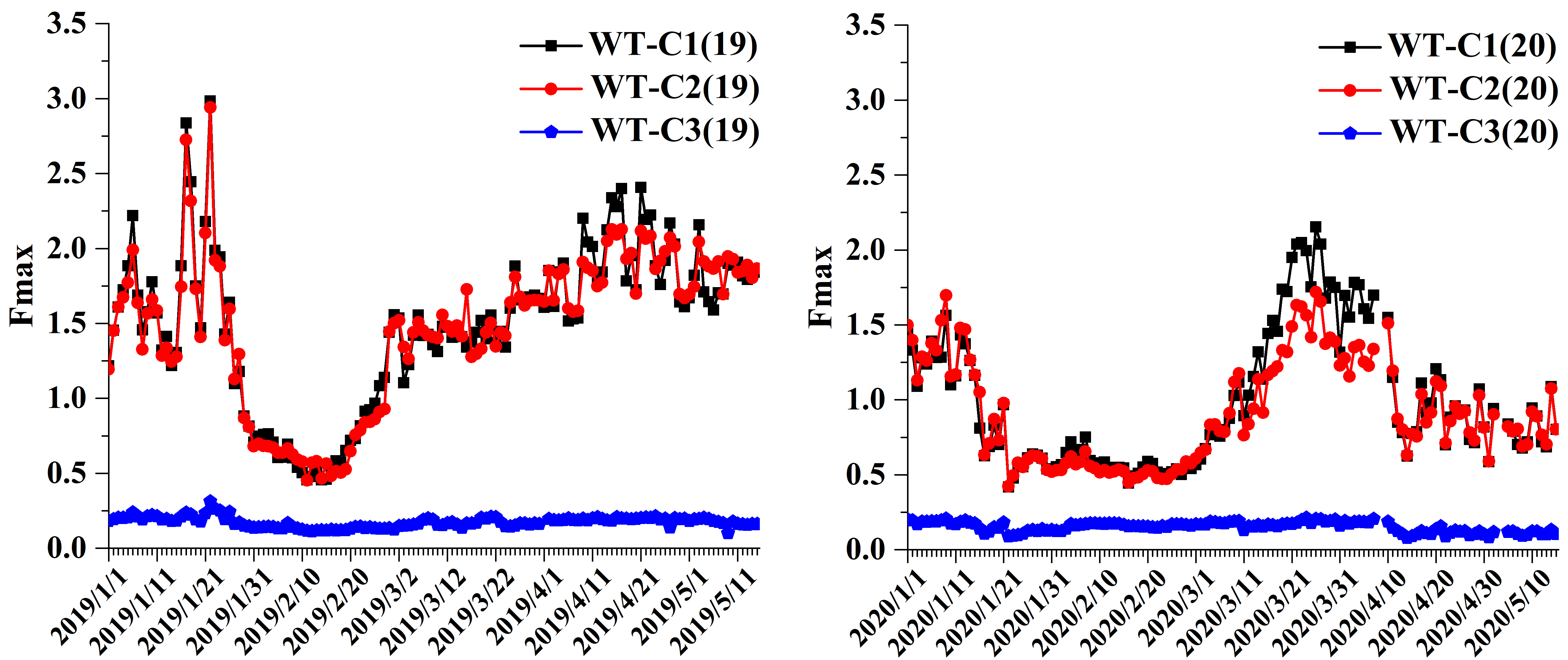SOE, Tsinghua, March 11th, 2021 Recently, the research group of Professor Jing Wu from the School of Environment published an article entitled “Novel insights into impacts of the COVID-19 pandemic on aquatic environment of Beijing-Hangzhou Grand Canal in southern Jiangsu region” in the journal “Water Research”. Based on the aqueous fluorescence fingerprint (FF) technique, the study deeply explored the water quality characteristics and pollution causes of the water bodies in the southern section of the Beijing-Hangzhou Grand Canal (BHGC), and revealed the profound impacts of the outbreak of the COVID-19 pandemic on the production of the textile printing and dyeing industry in this region from the variations of the water environment quality. The results of this study indicated that the FF technique could help precisely supervise the water environment, as well as reflect the regional industrial activity.
In early 2020, a sudden outbreak of the COVID-19 pandemic swept the world. Countries around the world took various preventive measures to stop the spread of the epidemic, and human activities represented by industrial production were hampered. The impacts of the COVID-19 pandemic on the aquatic environment and its mechanisms are still unclear. The southern Jiangsu (SJ) region with dense population, intensive industry, and perfect water environment monitoring system and its main receiving water body, BHGC, were selected as the study area and object, respectively. FF technique was used to reveal the variation patterns of aqueous FF characteristics and main pollution sources in SJ-BHGC. Based on this, the study selected the monitoring section with relatively heavy pollution load at the junction of Wuxi and Suzhou as the research object, and explored the impacts of the COVID-19 pandemic on aquatic environmental quality of SJ-BHGC by comparing and analyzing the variation patterns of FF intensity of the water body in this section in the same period (1.1-5.15) in 2019 and 2020, and then discovered the impacts of the COVID-19 pandemic on the production of the textile printing and dyeing industry in this area.
The results of FF technique showed that the FFs of the water body in SJ-BHGC the textile printing and dyeing wastewater, and the Dispersant MF in the textile printing and dyeing industry displayed a high degree of similarity (Figure 1). Meanwhile, the results of size exclusion chromatography analysis coupled with fluorescence detection units presented that the apparent molecular weight distribution characteristics of fluorescent dissolved organic compounds in the water body of SJ-BHGC, textile printing and dyeing wastewater, and Dispersant MF were very similar (Figure 2). Therefore, the textile printing and dyeing industry is the main pollution source in the water bodies of SJ-BHGC, and the Dispersant MF is an important source of fluorescent dissolved organic compounds in the water bodies of SJ-BHGC. In addition, the study also quantitatively assessed the contribution rate of different administrative regions in southern Jiangsu Province to the intensity of two major fluorescent components in the water bodies of SJ-BHGC.

Figure 1 The fluorescence fingerprint of water body of Beijing-Hangzhou Grand Canal in southern Jiangsu region (A), textile printing and dyeing wastewater (B), Dispersant MF (C)

Figure 2 Apparent molecular weight distribution characteristics of fluorescent dissolved organic compounds in the water body of Beijing-Hangzhou Grand Canal in southern Jiangsu region (JH-0 to JH-5), textile printing and dyeing wastewater (XRH, SQ, SZ), and Dispersant MF at specific fluorescence excitation/emission wavelength pairs (C1: Ex/Em = 275/315 nm; C2: Ex/Em = 230/340 nm)
The Pollution early-warning and identification of pollution discharge source instrument developed by Jing Wu's team has been running stably for ten years at the study section. The variation patterns of FF intensity during the same period (1.1-5.15) in 2019 and 2020 (Figure 3) showed that the FF intensity of the water body was continuously at a low level from COVID-19 outbreak in early February to early March when the domestic outbreak was largely under control, which was because the resumption of work was delayed in the southern part of Jiangsu after the Spring Festival holiday due to the COVID-19 pandemic. When asked to resume work, migrant workers failed to return to their posts because of quarantine policy, so the production activities of the textile printing and dyeing industry in southern Jiangsu Province stayed at a relatively low level, and the emissions of the textile printing and dyeing wastewater was at a low level as well. Since early March, the intensity of FFs in water bodies has started to rise, which was because of the gradual recovery of the production capacity of the textile printing and dyeing industry in southern Jiangsu province with the COVID-19 pandemic being contained, and the emissions of textile printing and dyeing wastewater began to rise. Then, the intensity of FFs in water bodies reached a peak in late March and then began to decline until mid-April when it stabilized at a lower level again. In mid-March, the outbreak of the global COVID-19 pandemic disrupted the foreign trade of garments. Southern Jiangsu province is China’s main place of production for foreign trade garments, therefore the garment production there and the upstream textile printing and dyeing industry suffered severe impacts, and the production activities of the textile printing and dyeing industry dropped again, so did the emissions of textile printing and dyeing wastewater. In addition, when the intensity of FFs in water bodies decreased, the ratio of the intensity of their fluorescent components also changed, indicating that the outbreak of the international COVID-19 pandemic also changed the products of the textile printing and dyeing industry in southern Jiangsu province.

Figure 3 Intensity variations of three fluorescent components in water bodies at a monitoring sections of Beijing-Hangzhou Grand Canal in southern Jiangsu region from January 1 to May 15 in 2019 and 2020, respectively
This research was supported by the National Key R&D Program of China for the Scientific Instrument and Equipment Development Major Project and the National Natural Science Foundation of China. Professor Jing Wu from the School of Environment, Tsinghua University was the corresponding author of this paper, and doctoral students Jian Shen and Chuanyang Liu from the School of Environment, Tsinghua University were the co-first authors of this paper. Qing Lv, Junqiang Gu, and Mingyu Su from Suzhou Environment Monitoring Center, Shifeng Wang and Yidi Chai from Research Institute for Environmental Innovation(Suzhou), Tsinghua, and Cheng Cheng, a postdoctor from the School of Environment, Tsinghua University, provided important assistance in sample collection and data analysis.
The link to the paper: https://doi.org/10.1016/j.watres.2021.116873





